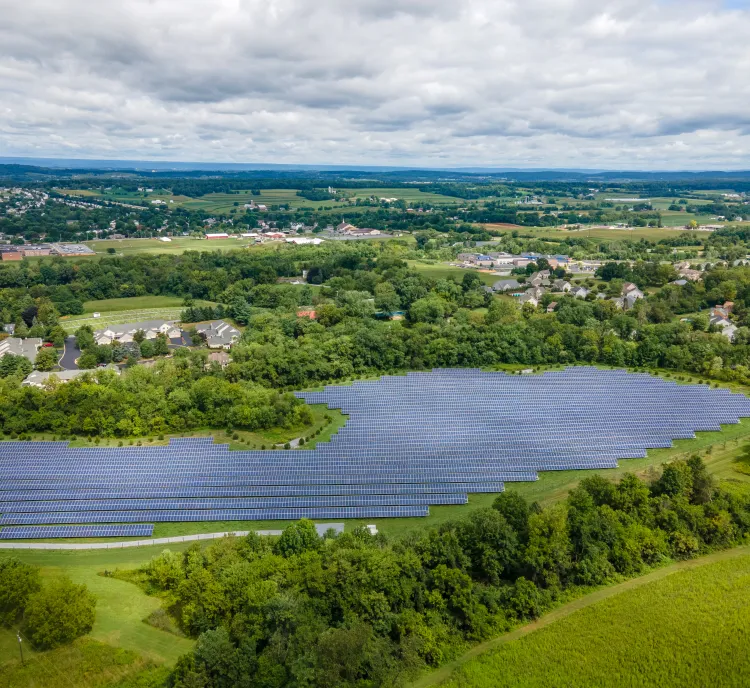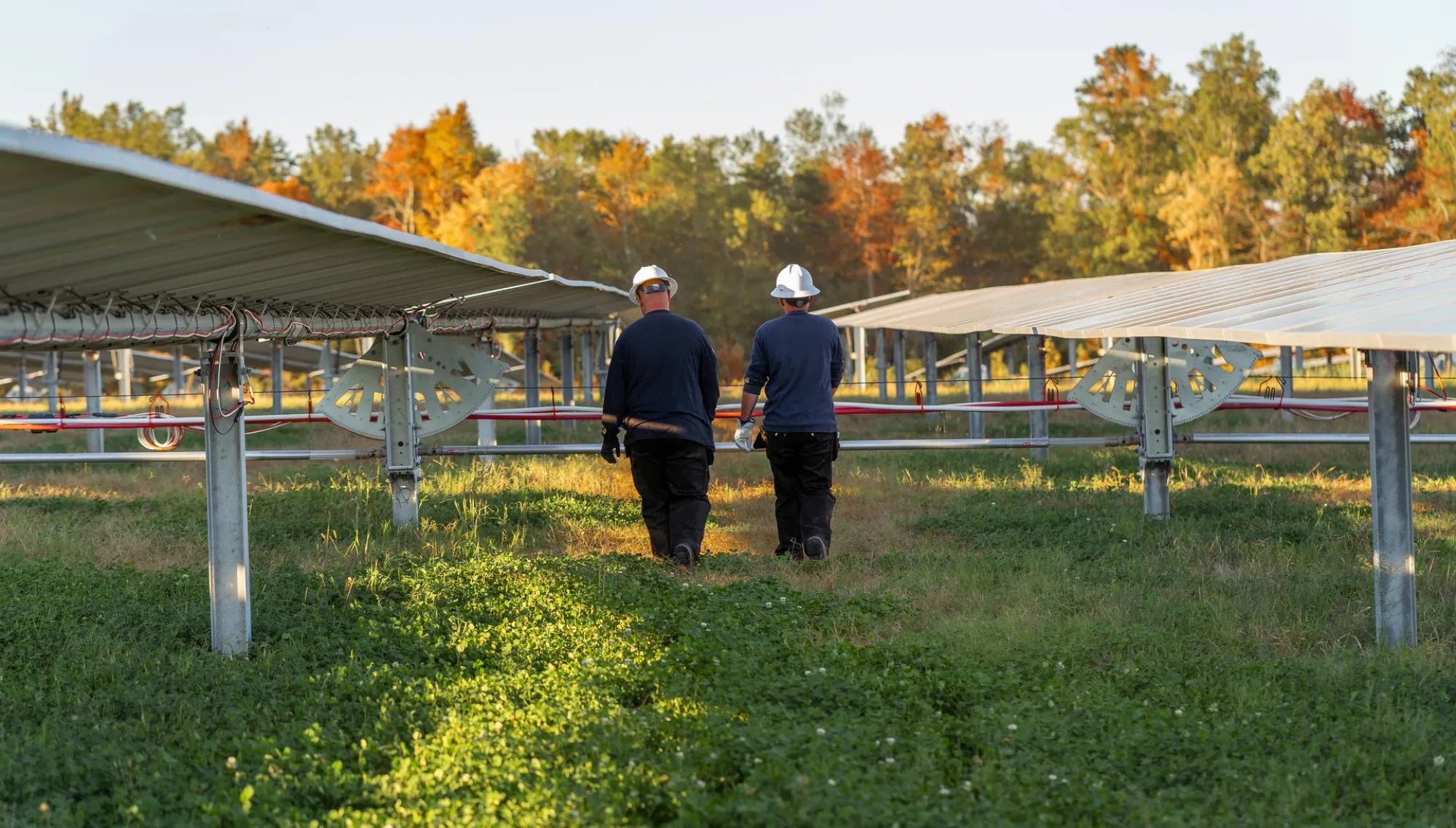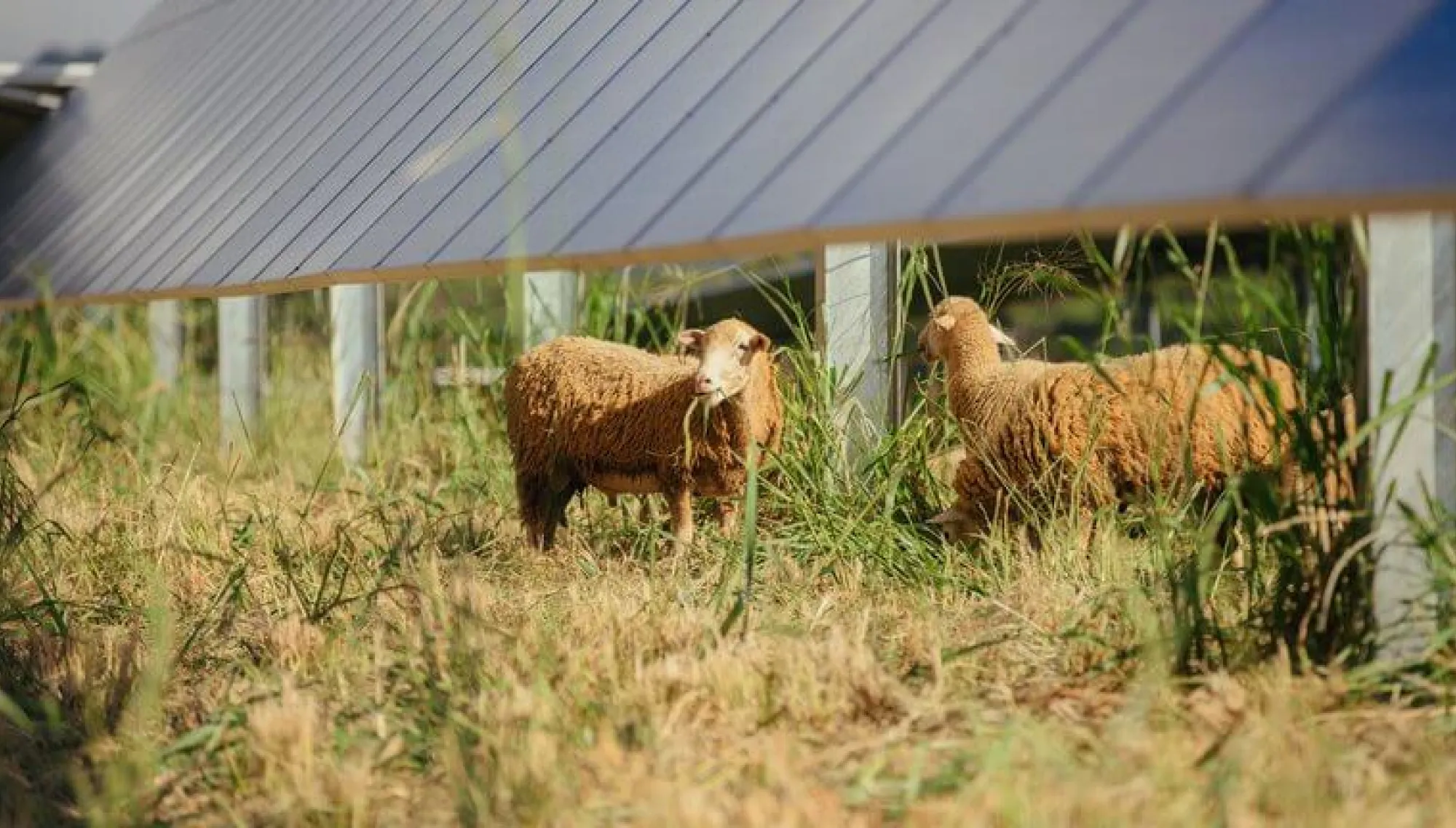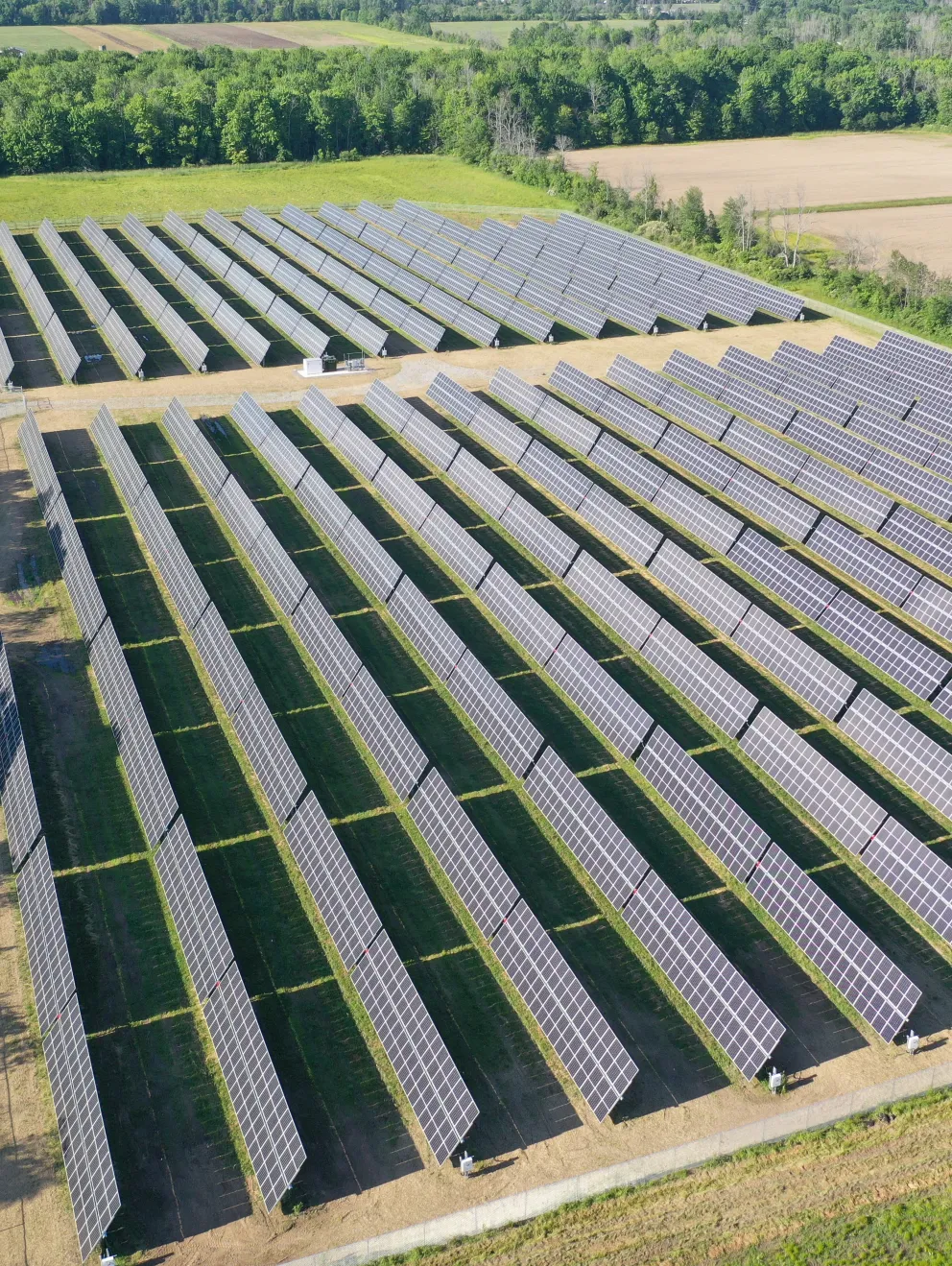COMMUNITY SOLAR IN ILLINOIS
Illinois community solar
Community solar projects support the advancement of access to clean energy. Subscribers such as households, businesses, educational institutions, municipalities, and more are able to experience the same benefits of solar without requiring an on-site system.
AES' Illinois community solar proudly partners with four communities in the state of Illinois. Our outreach is currently expanding to eight prospective communities bringing affordable, reliable, and efficient energy options to Illinoisians across the state.

Our clean energy commitment
We are committed to responsible clean energy development that creates long-term value and positive impact for both the environment and local communities.

Economic and environmental benefits
We believe in being a good neighbor, ensuring responsible clean energy development that benefits both the environment and local communities without burdening existing infrastructure.
Clean energy benefits local communities:
Long-term tax revenue to counties, towns, and school districts
Job creation during construction and operation
Local economic stimulus during construction
Affordable, reliable, locally produced clean energy
Improved air quality and reduced CO2 emissions
Social impact funding to area community organizations and non-profits
Non-permanent development and low-impact construction that ensures land can be sensitively restored to pre-project conditions at the end of the project’s life
We lease the land, we don’t buy it.
Agricultural land is foundation of so many families and communities, and AES is committed to maintaining that for future generations.

Pro-solar doesn’t mean anti-agriculture.
Combining solar with farming operations and making sure agricultural traditions stay within communities is something we prioritize. Crop production, livestock husbandry, sheep grazing, etc., are all examples of agriculture practices that can co-exist with solar fields. Approaches for agrivoltaics are determined by the intention of the project. For example, if crops are the main intention, solar can be used in small scales to provide shade to crops and reduce water needs while assisting with electric supply. If solar is the primary use, then sheep grazing can be added to provide vegetation management naturally.
The agricultural side of agrivoltaics can come from the landowner, a local farmer, a local university, or an independent third-party company. There are no set rules to the partnership structure, and AES works with each landowner to find the best fit for them and their needs.
Project resources
Solar lifecycle fact sheet
AES Renewables fact sheet
AES community solar fact sheet
Estimated community solar project timeline

Sustainability Resources
Sustainability best practices
At AES, safety is our highest priority, and we’ve focused on improving lives for more than 40 years. As a leading innovator in energy solutions, sustainability is core to both our strategy and our culture. We are committed to responsible land use and incorporating sustainable best practices into the entire project lifecycle, contributing to building a domestic circular renewables economy and reducing foreign dependence.
Environmental and technical studies
We take a proactive approach to identifying and managing environmental impacts, using our Environmental Management System (EMS) standards to guide our internal audits, create action plans to address key risks and compliance requirements, and develop corrective action plans when needed. We regularly partner with our communities to uncover new energy insights and innovations on the industry’s horizon through research and case studies.
Resources and FAQ
Learn more about solar projects, solar power, and the positive benefits of living near a solar farm.
Contact us
We want to hear from you! We appreciate your interest in AES’ Illinois Community Solar.













